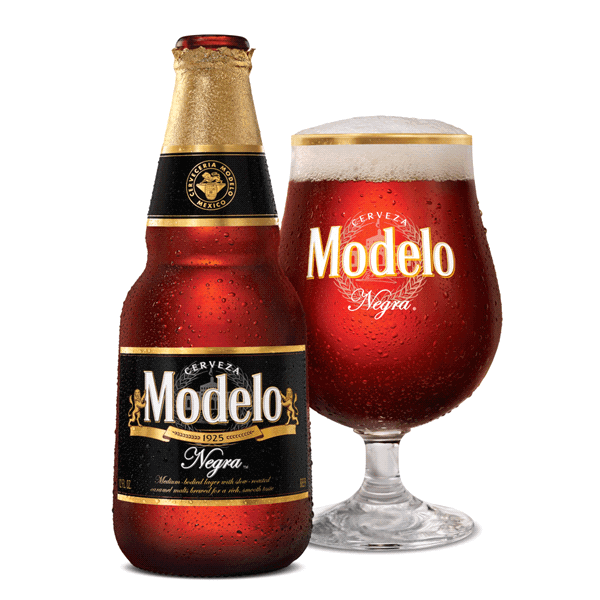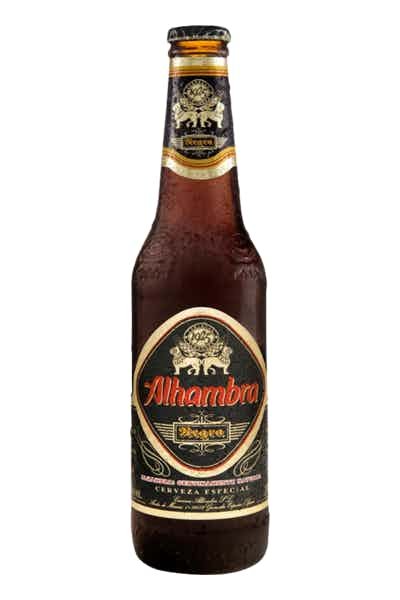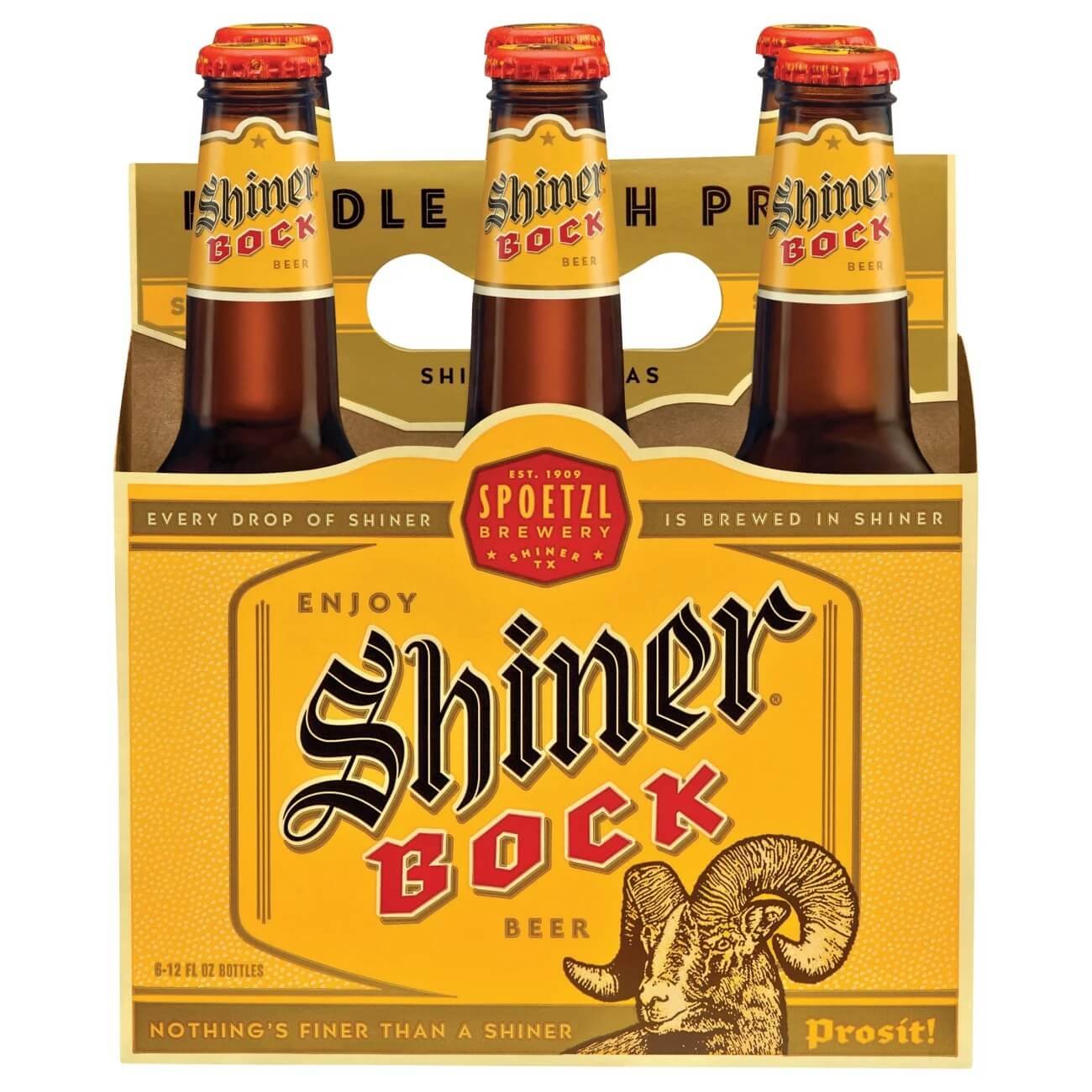Beer Style Guide: Get to Know International Dark Lager with Em Sauter
International Dark Lagers fall into the category of the International Lager that we’ve discussed the past couple of weeks. These drinkable and dark brews may have fallen out of favor here in America for the most part but they are quite popular in other parts of the world and like the other “international” beers, are built on European brewing tradition. Sometimes you’ll see them be categorized as European Dark Lagers.
International Dark Lagers are the sort of cousins to beers like Schwarzbiers and Munich Dunkels. German brewers took these traditions to other places around the world like Mexico, the United States, and Western Europe. With the rise of modern brewing practices, International Dark Lagers became more adjunct laden, brewed with brewer’s caramel syrup and coloring agents. Think of it as a sweeter version of an International Pale Lager wearing a dark coat. What actually makes this style? It’s a real hodgepodge but if it’s dark in color, a lager, and doesn’t really fit into any sort of category but it’s drinkable and around 4.5-5% ABV, it can be considered an International Dark Lager.
International Dark Lagers are brewed with lots of pale malts and then can either be colored with caramel coloring or brewed with malts like chocolate or black malt. They can be brewed with all-malt but usually use ingredients like corn or rice to bump up the fermentable sugars in the recipe. These beers are made to be drunk cold on the beach - color be damned, dark beers are for all four seasons!
This beer style was most noticeably popular in Spain when I visited a decade ago. Each city had a large brewery that produced two beers- a standard golden lager and a “negra” or dark lager. The dark beer had more character than the standard beer and was just as refreshing. I gravitated towards it every place we went. As a lover of dark lagers, it was excellent to see everywhere.
Tasting Notes
For flavors/aromas, there’s a pleasant light roast coffee flavor as well as sweetness that’s reminiscent of caramel, chocolate or toffee. There can also be corn and graininess as well. What it shouldn’t be though is burnt or heavily roasted. This beer should be utterly drinkable- if you want roasted flavors, we’ll get to porters and other dark beers later.
Food Pairings
This beer is excellent with a hamburger as its light sweetness contrasts the salty fat of the meat. I love it for BBQ as well as a great pairing with spicy foods. This would also be excellent with spicy foods such as tacos or even a lovely curry or vindaloo.
Beers to Try
Sometimes labeled a Vienna Lager, Negra Modelo is one of the easiest and best loved of the International Dark Lagers. It is usually what I order when I’m out having Mexican fare.
Alhambra Negra
My favorite of the dark lagers when I was traversing through Spain. It is the beer of the city of Grenada, home of the famous Alhambra complex. This beer paired beautifully with all the jamon and tapas I could get my hands on.
This beer is perfectly Texas. Brewed year-round since 1973, don’t let the name Shiner Bock fool you though. There’s nothing “bock” about it (sort of like how there’s nothing “pilsner” about Miller Lite or nothing “Hefeweizen” about Widmer’s Hef) as the ABV of Shiner Bock is 4.4% and traditional bocks ABV range starts at around 6.5%. Despite the name confusion, this beer is killer with Texas BBQ.



